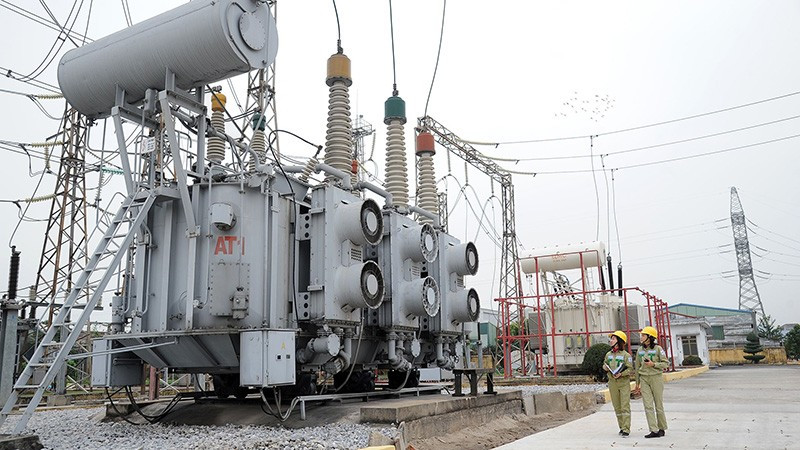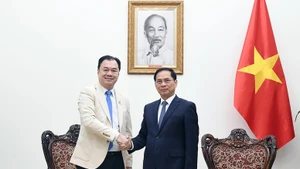With the inclusion of Prime Minister Pham Minh Chinh’s commitments at the 26th United Nations Climate Change Conference of the Parties (COP26), the plan has opened up opportunities for the development of wind power, especially offshore wind power.
The plan aims to maintain Vietnam's energy security, by ensuring a sufficient supply of electricity to fuel a projected annual GDP growth rate of 7.0%, during the period.
It also aims to get Vietnam into the top four countries in ASEAN, in terms of power reliability. Additionally, half of the office buildings and homes in the country would be powered by rooftop solar panels by 2030.
Regarding just the energy transition, the plan strives to increase the share of renewable energy in the country's power mix to between 67.5-71.5 %, by 2050.
It also seeks to generate green energy for exports, with a target of between 5-10 GW by 2030. Energy-related greenhouse gas emissions would be cut to around 27 and 31 million tonnes.
The plan also highlights the retreat of unstainable power sources down the path. For instance, the share of coal-fired electricity in the power mix would drop to 5.3% by 2050, as the country stops using coal for power generation by the year.
Meanwhile, gas-fired electricity is expected to reach 40.3 GW by 2035, and then no new electricity of the kind would be added to the system. Its share in the power mix would stand at 15.7% in 2050.
Two trans-regional energy hubs would be established by the end of the period, around which cluster power plants, power grids, and facilities that manufacture energy-related equipment. The hubs would be located in certain well-positioned regions, including the South-Central Region.
The plan needs 134.7 billion USD of funding to develop new power plants and power grids between 2021 and 2030. The figures would soar to between 399.2 billion USD and 523.1 billion USD by 2050, a large part of which is allocated for new power plants and less than 40 billion USD for power grids.
The Government has issued Decision No. 500 to legislate the PM's approval of the plan. Under the Decision, the implementation of the plan would be put under the authority of the Ministry of Industry and Trade.
The Ministry is also tasked with preparing the draft versions of the Revised Law on Electricity and Law on Renewable Energy, which must be submitted to the National Assembly for discussion in 2024.
The decision also stipulates that the ministry provide governmental policy advice on direct power purchases and accelerate those energy projects that have been hindered by complications.
It is worth noting that the State is advocating for a plural power sector based on fair competition and a market electricity price, which would ensure a level playing field for all investors.
The National Power Development Plan VIII is an open and flexible plan, so the numbers are approximate. During the implementation process, effective projects such as rooftop solar power, cogeneration thermal power, and new energy sources such as hydrogen, ammonia, etc., will have no limit on the capacity scale.
The consultation opinions, especially from international experts, are very important for the Ministry of Industry and Trade to finalize the content of the National Power Development Plan VIII, to ensure objectivity, science, and feasibility, towards the development of the energy industry.
Vietnam also wants foreign partners to continue to support technology transfer; training and administration; financial support, including low-cost capital support packages for businesses and people to easily access.
















